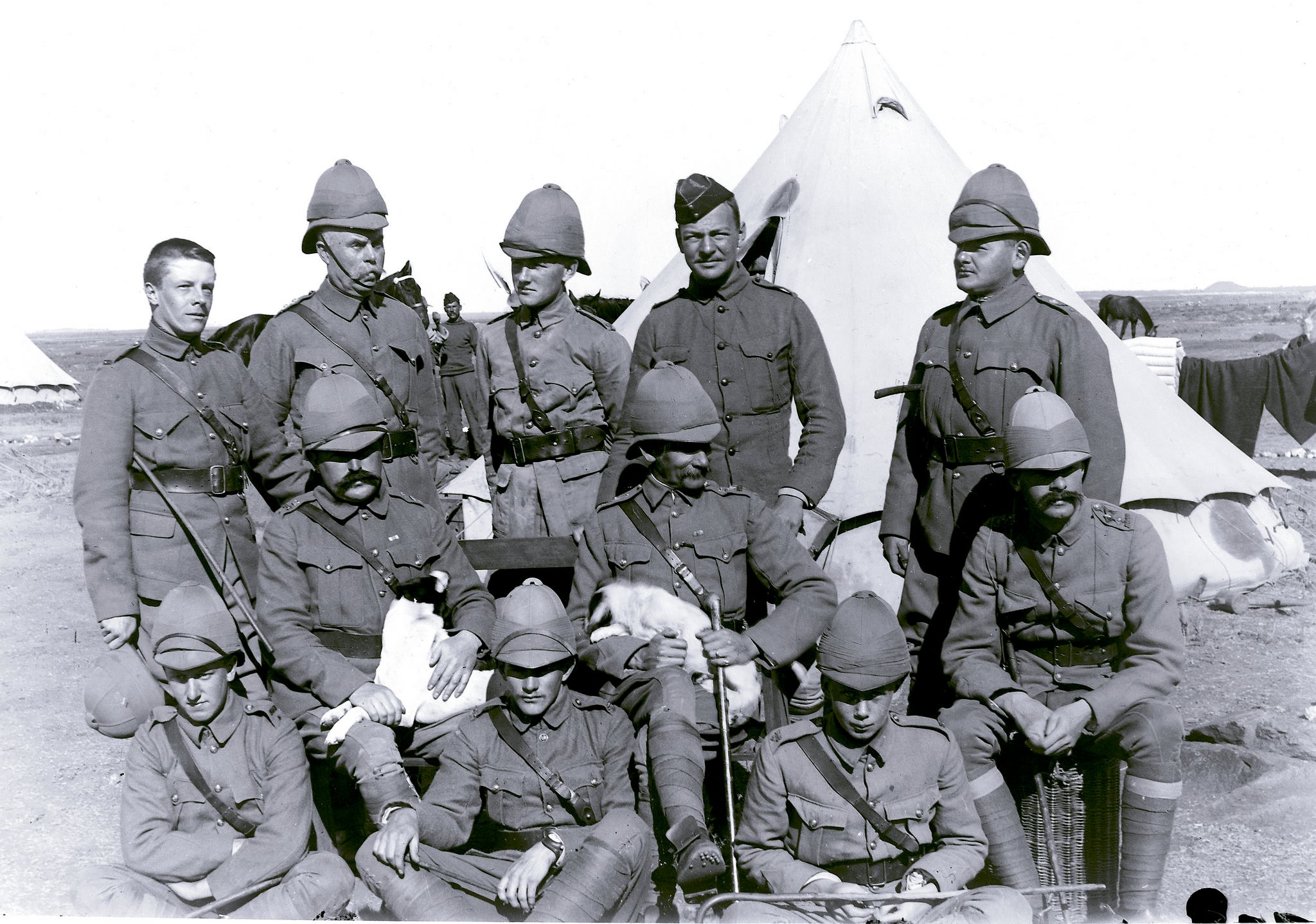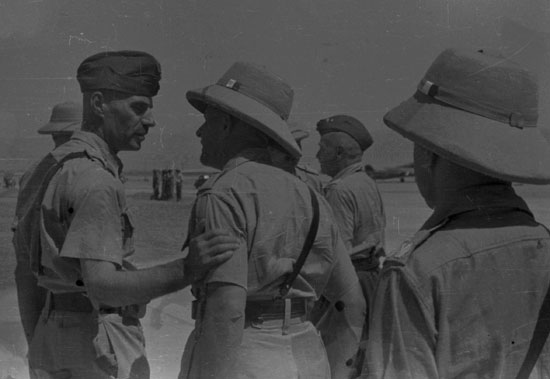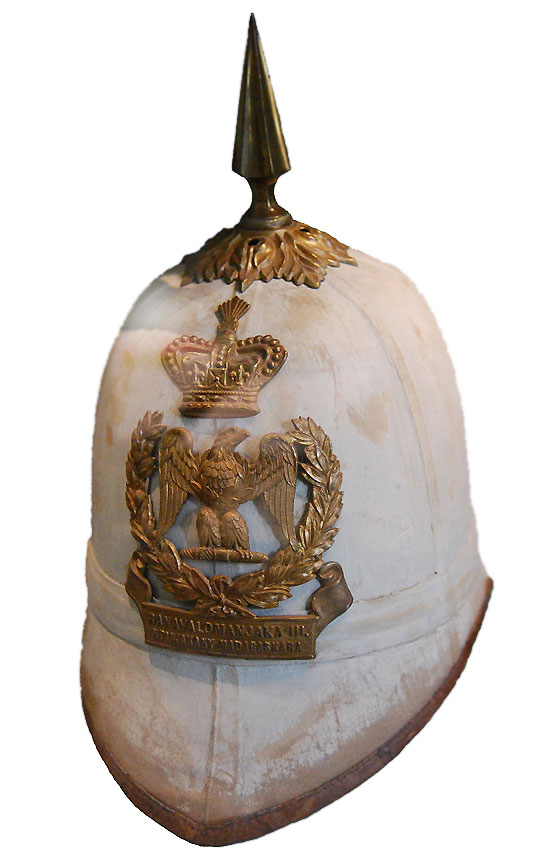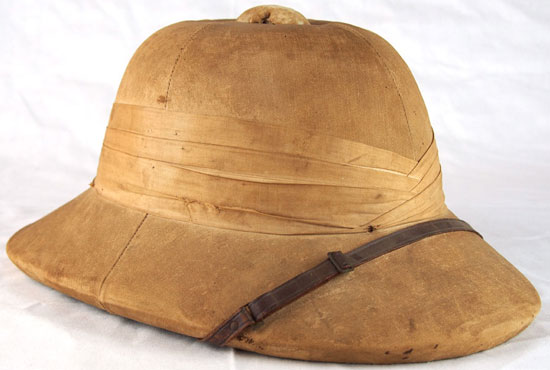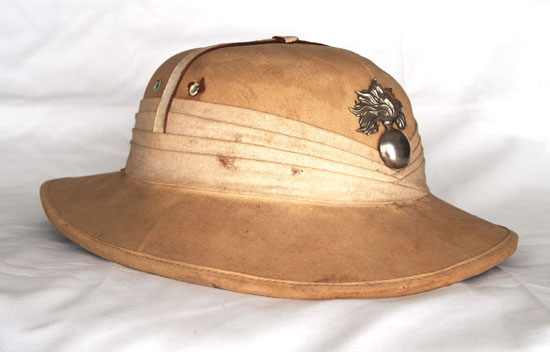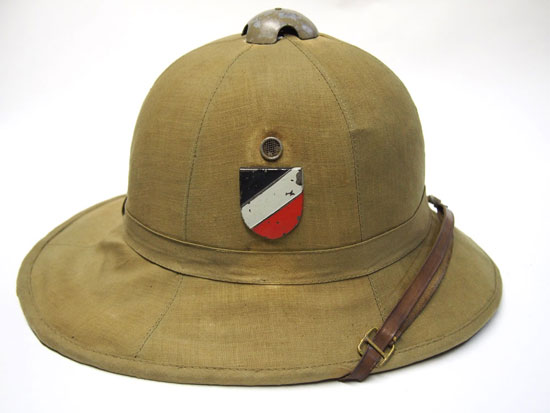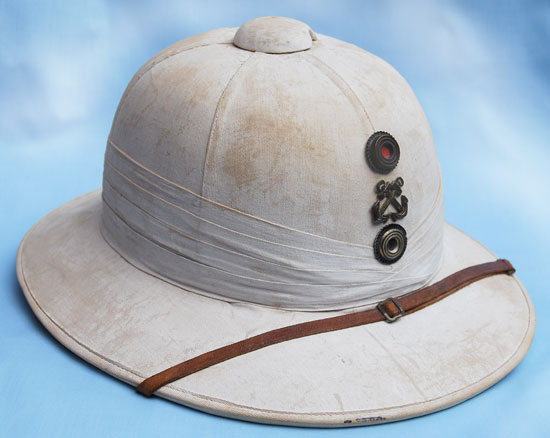
While the bulk of the fighting in the First World War occurred in Europe, notably on the Western Front, the conflict was truly a “World War” as soldiers fought in distant parts of the globe. One of the more colorful tales involved those of Oberstleutnant (Lieutenant Colonel) Paul von Lettow-Vorbeck, who commanded the German colonial forces in German East Africa – today Tanzania.
During this campaign the Germans relied on field-made equipment, and utilized every piece of arms and ordnance at their disposal. Von Lettow-Vorbeck increased the strength of his military force by recruiting German colonists and from the indigenous population, but also by requisitioning a full company of sailors from the SMS Königsberg. It is possible the above helmet was used by one of those sailors.

